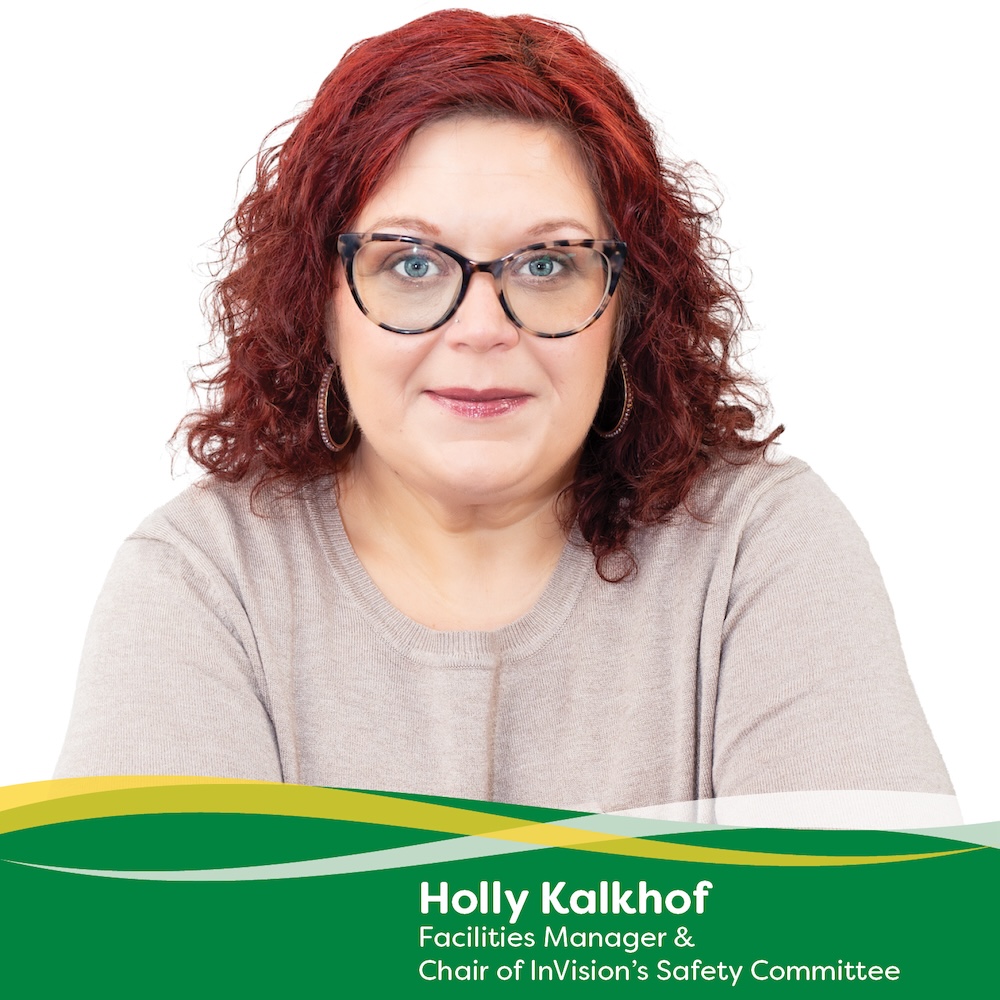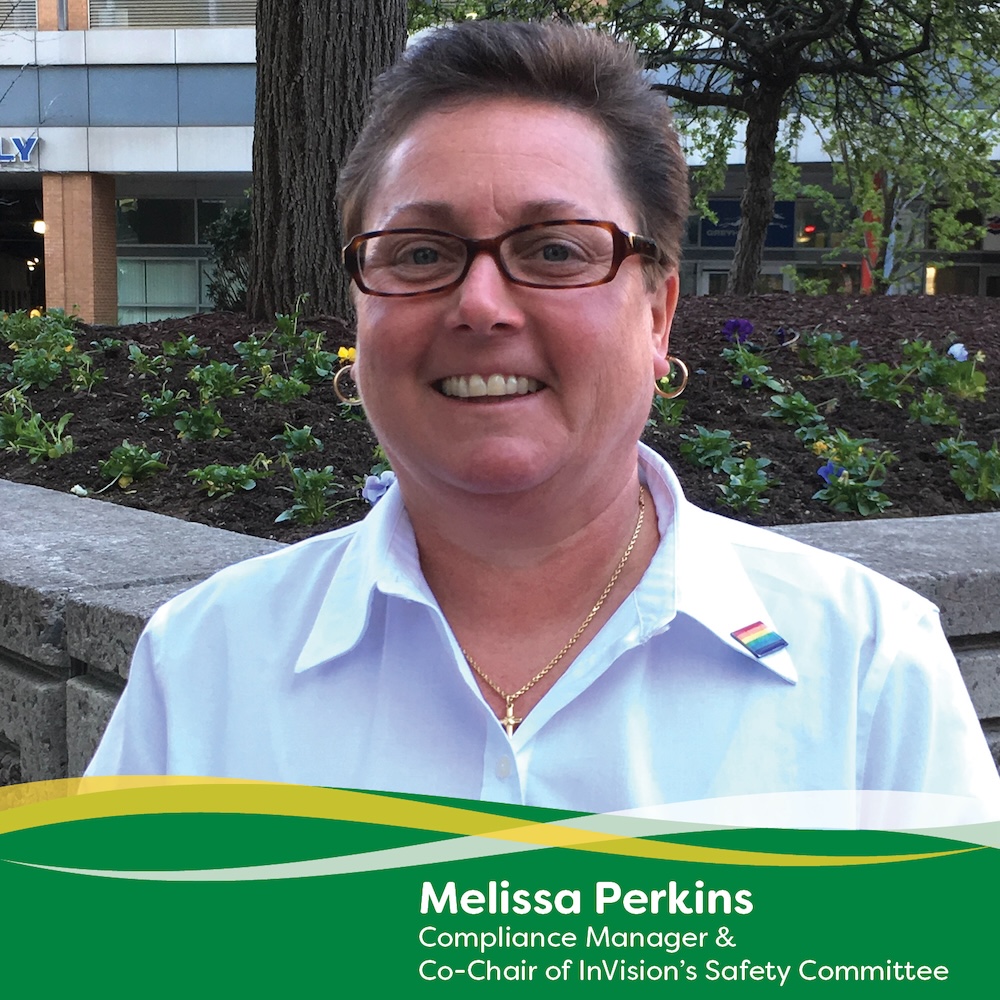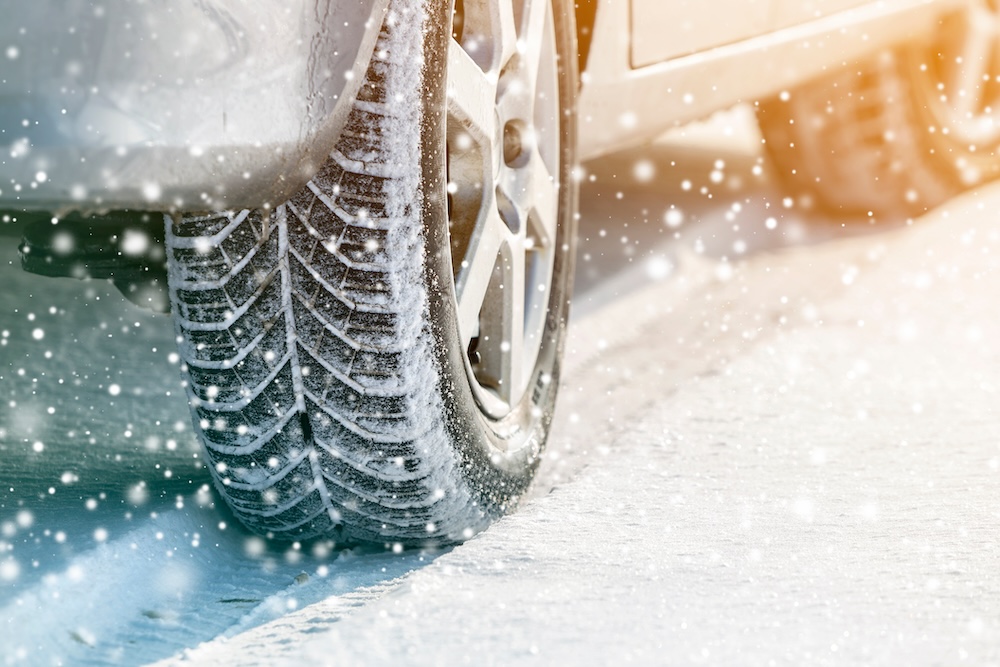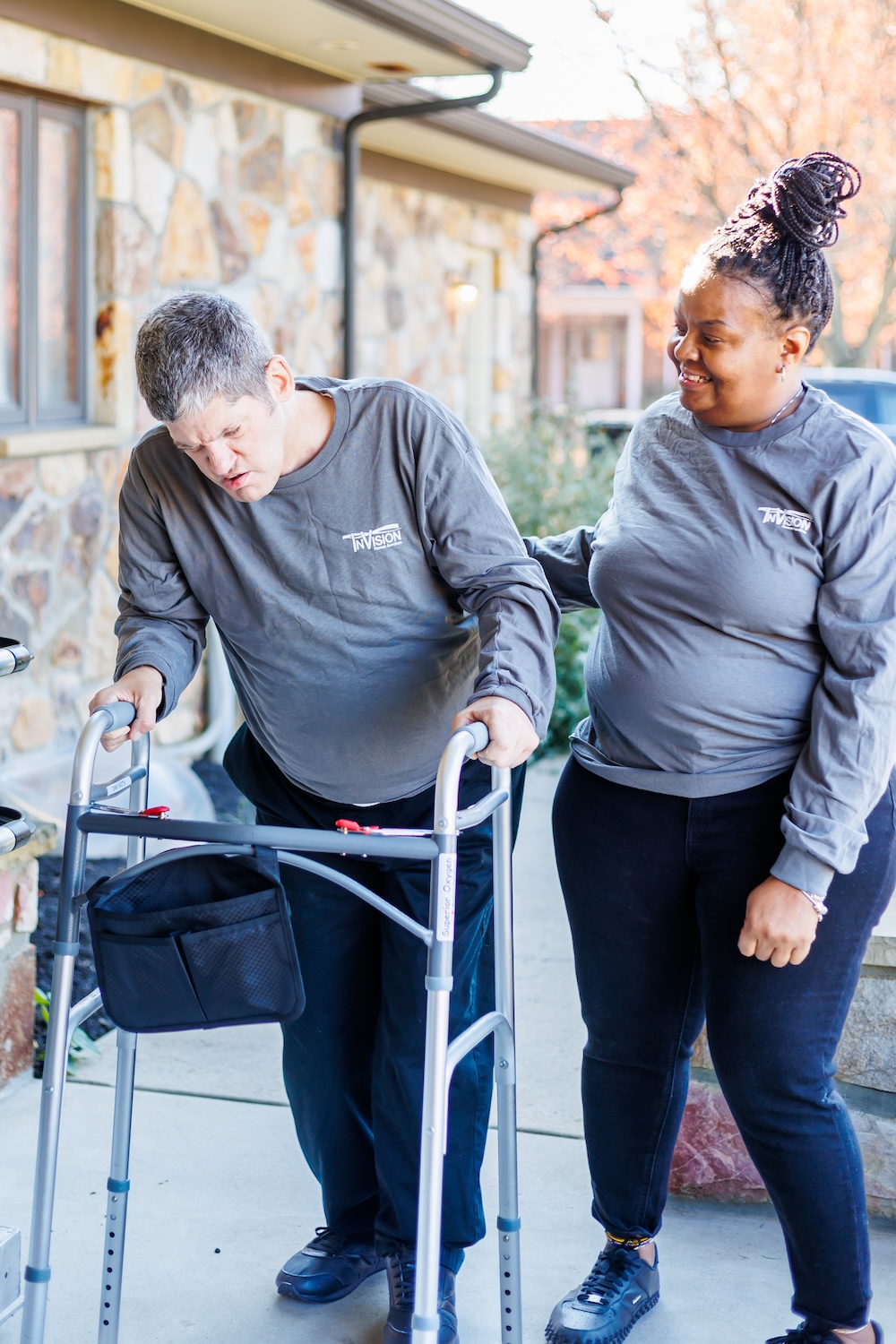The InVisionary
 As we welcome 2025 with excitement for the prospect of a new year, it is important for everyone living in Pennsylvania to remember that with the month of January also comes the potential of increased inclement winter weather. Whether it be traveling to and from the office, running out to the grocery store, taking a person supported into the community, or stepping outside to shovel a driveway, it is crucial that the people we support at InVision, and our team members are properly prepared for the challenges of winter weather.
As we welcome 2025 with excitement for the prospect of a new year, it is important for everyone living in Pennsylvania to remember that with the month of January also comes the potential of increased inclement winter weather. Whether it be traveling to and from the office, running out to the grocery store, taking a person supported into the community, or stepping outside to shovel a driveway, it is crucial that the people we support at InVision, and our team members are properly prepared for the challenges of winter weather. With the health and safety of InVision personnel a top priority at InVision, we want to provide proper education for winter safety preparedness among our organization. As such, InVision’s Safety Committee has collaborated with our insurance liaison, Eastern Alliance Insurance, to create a comprehensive document covering the many vital aspects of winter safety.
 Chair and Co-Chair of the Safety Committee – Holly Kalkhof, Facilities manager and Melissa Perkins, Compliance manager – worked closely with a risk management representative to create an innovative approach to winter safety education. Our goal in providing these materials is to minimize winter-related injuries among our employees at both our offices and within the homes of the people we support. The full document discusses topics such as: preventing slips and falls, preventing hypothermia and frostbite, shoveling and snowblower safety, winter driving, and more.
Chair and Co-Chair of the Safety Committee – Holly Kalkhof, Facilities manager and Melissa Perkins, Compliance manager – worked closely with a risk management representative to create an innovative approach to winter safety education. Our goal in providing these materials is to minimize winter-related injuries among our employees at both our offices and within the homes of the people we support. The full document discusses topics such as: preventing slips and falls, preventing hypothermia and frostbite, shoveling and snowblower safety, winter driving, and more.While all these topics and prevention tips are essential to ensuring the people we support and our staff are maintaining safety regulations throughout the winter months, we would like to take this time to highlight the most common winter safety hazards and ways to be prepared from the winter safety resource.
Preventing Slips and Falls
According to the Center of Disease Control and Prevention (CDC), around one million Americans face winter-related injuries from slipping and falling each year. While our daily lives may not slow down due to winter weather challenges, it is important that we take the time to slow down and make sure we are equipped with the proper winter safety measures. Preparation paired with knowledge about winter related injuries is the key to staying safe from slips and falls amid snowy and icy weather.  Eastern Alliance Insurance suggests that treated surfaces should be checked every morning, as the sun can melt adjacent snow and ice and freeze overnight when the temperatures drop. Never assume that a surface is safe and always take necessary precautions when walking both inside and outside during winter weather conditions.
Eastern Alliance Insurance suggests that treated surfaces should be checked every morning, as the sun can melt adjacent snow and ice and freeze overnight when the temperatures drop. Never assume that a surface is safe and always take necessary precautions when walking both inside and outside during winter weather conditions. Tips to prevent slips and falls:
- Wear proper footwear
- Take smaller steps when walking
- Walk slowly and never on icy ground
- Keep both hands free for balance rather than in your pockets
- Use handrails when applicable
- Avoid carrying loads
- Keep your eyes on where you are going
- Test potentially slick areas by tapping your foot on them
- Step, don’t jump from vehicles or equipment
- Keep walkways clear of debris, water, ice, and slippery materials
Shoveling Safety
Shoveling snowy driveways before heading out for the day can be a daunting task, and a dangerous one. It is essential to take the necessary steps before and during snow shoveling – such as wearing proper footwear, dressing according to the weather, as well as listening to our bodies to mitigate overexertion and shoveling-related injuries. “From a Facilities perspective, we try to make sure snow plowing and shoveling gets done in the winter, but the company we work with also services other vendors,” Holly shared. “So, if people are going out for things such as shoveling, we want them to be prepared.”
Tips for safe shoveling:
- Push the snow as you shovel. It’s easier on your back than lifting the snow out of the way.
- Don’t pick up too much at once.
- Lift with your legs bent, not your back. Keep your back straight. By bending and “sitting” into the movement, you’ll keep your spine upright and less stressed. Your shoulders, torso and thighs can do the work for you.
- Do not work to the point of exhaustion. If you run out of breath, take a break. If you feel tightness in your chest, stop immediately.
- Dress warmly and in layers. Remember that extremities, such as the nose, ears, hands and feet, need extra attention during winter’s cold. Wear a turtleneck sweater, cap, scarf, face protection, mittens, wool socks and waterproof boots.
Black Ice and Winter Driving
 Eastern Alliance Insurance defines black ice as “a transparent glaze that forms without bubbles, allowing it to easily blend into the surface of the road.” Most commonly formed on shaded parts of the road, bridges and overpasses, black ice and icy road conditions are essential to look out for while traveling throughout the winter – especially in the mornings and evenings.
Eastern Alliance Insurance defines black ice as “a transparent glaze that forms without bubbles, allowing it to easily blend into the surface of the road.” Most commonly formed on shaded parts of the road, bridges and overpasses, black ice and icy road conditions are essential to look out for while traveling throughout the winter – especially in the mornings and evenings. While driving during winter weather advisories is not recommended, and InVision encourages staying home throughout winter weather storms and challenging conditions, we recognize that obligations such as appointments and emergencies may require travel through winter weather. Always remember to check the road conditions before traveling, ensure your vehicle has proper snow tires, drive slowly, and avoid getting too close to other drivers.
To avoid incidents with black ice, please be on the lookout for the following warning signs:
- Black ice looks a lot like a wet blacktop
- Absence of water spray on a seemingly wet road
- Cars suddenly swerving or skidding
- Brake lights ahead
- Cars or tire tracks in the ditch
- Shiny surfaces next to dull black
- Avoid making sudden moves or turning the wheel.
- Smoothly lift your foot off the accelerator and glide across the ice in a straight line until you find traction.
- Shift: If possible, slowly shift the car to a lower gear for added control.
- Brake wisely: If you begin to skid, firmly press on your brakes to activate the anti-lock brake system (ABS). Or, if you don’t have ABS, pump the brakes gently.
- Avoid spinout: If your front end is sliding, steer in the opposite direction of the skid; if the back end is sliding, steer in the same direction.
- Look toward where you want to go: Avoid looking where you think you might crash—you might inadvertently veer the car in that direction.
Winter Safety at InVision
 Tim Bucha, employee relations consultant at InVision and member of the Safety Committee, takes on the responsibility of reviewing reports of injuries within our organization. Such injuries include slips and falls while taking out the trash, shoveling, or stepping outside to grab the mail. When it comes to winter weather related injuries, there is one thing we know for sure: almost all of them are preventable!
Tim Bucha, employee relations consultant at InVision and member of the Safety Committee, takes on the responsibility of reviewing reports of injuries within our organization. Such injuries include slips and falls while taking out the trash, shoveling, or stepping outside to grab the mail. When it comes to winter weather related injuries, there is one thing we know for sure: almost all of them are preventable! “Don’t leave winter safety out in the cold,” Tim said. “Always be prepared for whatever mother nature has in store for us!”
If the home of a person you support needs a shovel, please reach out to InVision’s Facilities Department and they will provide one for you. Additional items, such as salt for driveways, should be purchased with funds allotted to the person supported.
To view the Winter Safety Document in its entirety, please visit the News and Information page via UKG Ready.

Comments (0)